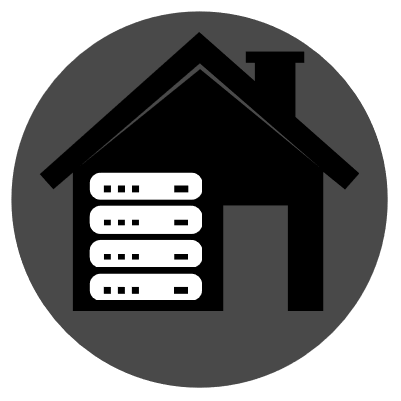He addresses it in another video, but there isn’t a single rights holder. There are 3 that each own different parts of the game. He tried contacting them but none responded.
- 4 Posts
- 15 Comments
Or on their phone.
Most of the time it’s used to help guests get onto the wifi quickly.
I also find it handy to get the wifi password when on-boarding smart devices or whatever new gadget.
This really is the way.
It goes beyond documentation too - it allows me to migrate to new hosts or to easily automate upgrading the OS release version.
I have a docusaurus site for my homeland and I have ansible and terraform generate files for the docs so I don’t have to record anything. Some of the stuff I note down:
- DNS leases
- General infra diagrams
- IP info
- Host info
Tailscale has an AppleTV app, just download it and add it to your talent.
You can install it right on the TV, they have a first party app.
AppleTV + Tailscale in and it’s been a flawless experience.
My parents have a NAS! Maybe I set up Tailscale and send it over there…
Although they live 3 streets away from me so I worry it’s not remote enough in case of flood etc
Honestly, I just run it from the CLI myself.
I’ve wasted too much time fighting with CI and automation that when I migrated to forjego I didn’t bother to put it in again.
You pretty much got it. I need a quick way to restore the repo and ideally have git do a self backup. Seems like a cheap VPS may be the way to go

 3·4 months ago
3·4 months agoYou could try something S3 based, and do backups by date?
For example, export a subset of the DB and name it accordingly (ie. 2025-04-to-2025-01.tar).
If you do that there are a lot of pretty cheap S3 providers (like Wasabi).
S3 interfaces nicely with RCLONE so you can move providers etc and pull it really quickly.
As an aside, when I looked into something like this the thing that made me hesitate was the time and cost for retrieval from cold storage (like amazon glacier) outweighed the savings.
Any x86 machine will do.
If u have an old desktop with some drives sleds in it that’s more than enough.
Synology seems to be the go to brand for most folks. They have a solid OS and take their security pretty seriously.
If you want to have more fun you could grab a small x86 NAS (ugreen/terramaster) and flash it with truenas.

 0·1 year ago
0·1 year agoAgreed. You need to be willing to migrate to FOSS software or else “switching to Linux” will be a total failure.

 0·1 year ago
0·1 year agoI think the key is you need to find FOSS software that works for you before migrating your OS. Most FOSS software will run on windows and sometimes MAC.
1-2 and 3 will be hard. You can find many tools that do something similar but it won’t be perfect. There are a few different music managers, and for office libreoffice is the go to.
-
try digikam, it supports all OSes
-
googling “Fujitsu snap scanner Linux” yielded a few blog articles on the matter. Seems it should be supported.
-




How did you do it? Did you run a live distro on the new laptop to receive and overwrite the SSD ?